45 in supervised learning class labels of the training samples are known
ML | Types of Learning - Supervised Learning - GeeksforGeeks Types of Supervised Learning: A. Classification: It is a Supervised Learning task where output is having defined labels (discrete value). For example in above Figure A, Output - Purchased has defined labels i.e. 0 or 1; 1 means the customer will purchase, and 0 means that the customer won't purchase. The goal here is to predict discrete ... [PDF] Supervised Learning - ResearchGate Definition Supervised Learning is a machine learning paradigm for acquiring the input-output relationship information of a system based on a given set of paired input-output training samples. As ...
Support vector machine - Wikipedia where the are either 1 or −1, each indicating the class to which the point belongs. Each is a -dimensional real vector. We want to find the "maximum-margin hyperplane" that divides the group of points for which = from the group of points for which =, which is defined so that the distance between the hyperplane and the nearest point from either group is maximized.

In supervised learning class labels of the training samples are known
Supervised Learning: Basics of Classification and Main Algorithms Picture from Unsplash Introduction. As stated in the first article of this series, Classification is a subcategory of supervised learning where the goal is to predict the categorical class labels (discrete, unoredered values, group membership) of new instances based on past observations.. There are two main types of classification problems: Binary classification: The typical example is e-mail ... In supervised learning, class labels of the training samples are ... Supervised learning refers to a machine learning concept whereby the data has a labels upon which the training data learns. Hence, the class labels are known.. Class labels refers to the predictions which we expect the machine learning algorithm to learn from and then make accurate predictions on the test data.; Supervised and unsupervised learning differs in that class labels are known in ... How to Convert a Time Series to a Supervised Learning Problem ... May 07, 2017 · Machine learning methods like deep learning can be used for time series forecasting. Before machine learning can be used, time series forecasting problems must be re-framed as supervised learning problems. From a sequence to pairs of input and output sequences. In this tutorial, you will discover how to transform univariate and multivariate time series forecasting […]
In supervised learning class labels of the training samples are known. Semi-supervised Learning: Examples, Benefits & Limitations Self-training is generally one of the simplest examples of semi-supervised learning. Self-training is the procedure in which you can take any supervised method for classification or regression and modify it to work in a semi-supervised manner, taking advantage of labeled and unlabeled data. The typical process is as follows. A survey on semi-supervised learning | SpringerLink Nov 15, 2019 · Semi-supervised learning is the branch of machine learning concerned with using labelled as well as unlabelled data to perform certain learning tasks. Conceptually situated between supervised and unsupervised learning, it permits harnessing the large amounts of unlabelled data available in many use cases in combination with typically smaller sets of labelled data. In recent years, research in ... API Reference — scikit-learn 1.1.3 documentation sklearn.semi_supervised: Semi-Supervised Learning¶ The sklearn.semi_supervised module implements semi-supervised learning algorithms. These algorithms utilize small amounts of labeled data and large amounts of unlabeled data for classification tasks. This module includes Label Propagation. User guide: See the Semi-supervised learning section ... PDF Supervised Learning: Classificaon - fenyolab.org • The known label of test sample is compared with the classified result from the model • Accuracy rate is the percentage of test set samples that are correctly classified by the model • Test set is independent of training set (otherwise over-fing) • If the accuracy is acceptable, use the model to classify new data
Supervised and Unsupervised Machine Learning Algorithms Mar 15, 2016 · You can also use supervised learning techniques to make best guess predictions for the unlabeled data, feed that data back into the supervised learning algorithm as training data and use the model to make predictions on new unseen data. Summary. In this post you learned the difference between supervised, unsupervised and semi-supervised learning. Supervised and Unsupervised learning - GeeksforGeeks Unsupervised learning. Unsupervised learning is the training of a machine using information that is neither classified nor labeled and allowing the algorithm to act on that information without guidance. Here the task of the machine is to group unsorted information according to similarities, patterns, and differences without any prior training ... Machine Learning Glossary | Google Developers Nov 07, 2022 · In general, any mathematical construct that processes input data and returns output. Phrased differently, a model is the set of parameters and structure needed for a system to make predictions. In supervised machine learning, a model takes an example as input and infers a prediction as output. Within supervised machine learning, models differ ... Supervised learning | Engati A supervised learning algorithm analyzes the training data and produces an inferred function, which can be used for mapping new examples. An optimal scenario will allow for the algorithm to correctly determine the class labels for unseen instances.
[Solved]: Question 84 In Supervised learning, class labels # In supervised learning, class labels of the training samples are "known." • The correct answer is "known." # Supervised learning uses a training set to teach models to yield the desir Basics of Supervised Learning (Classification) | by Tarun Gupta ... 2. Learning Algorithm: It is an algorithm to find patterns in the data set (training set) and associate the attributes of that data to the classes mentioned in the training data set so that when the test data is used as input, it can assign the accurate classes. A key objective of the learning algorithm is to build models with good generalisability capability, i.e., models that accurately ... supervised learning and labels - Data Science Stack Exchange 5. The main difference between supervised and unsupervised learning is the following: In supervised learning you have a set of labelled data, meaning that you have the values of the inputs and the outputs. What you try to achieve with machine learning is to find the true relationship between them, what we usually call the model in math. LaSSL: Label-Guided Self-Training for Semi-supervised Learning The key to semi-supervised learning (SSL) is to explore adequate information to leverage the unlabeled data. Current dominant approaches aim to generate pseudo-labels on weakly augmented instances and train models on their corresponding strongly augmented variants with high-confidence results. However, such methods are limited in excluding samples with low-confidence pseudo-labels and under ...
Unstructured Data Classification.txt - In Supervised learning, class ... In Supervised learning, class labels of the training samples are Known Select pre-processing techniques from the options All the options A classifer that can compute using numeric as well as categorical values is Random Forest Classifier Classification where each data is mapped to more than one class is called Multi-class Classification TF-IDF is a freature extraction technique True
Supervised Machine Learning Examples (And How It Works) Supervised learning is a type of machine learning where well-labelled training data is used to train the machines. Machines use this data to make predictions and give the output. The "labelled" data implies some data is tagged with the right output. The training data that is sent as inputs to the machines work as a supervisor, and it teaches ...
Supervised learning - Wikipedia The goal of supervised learning algorithms is learning a function that maps feature vectors (inputs) to labels (output), based on example input-output pairs. [1] It infers a function from labeled training data consisting of a set of training examples. [2] In supervised learning, each example is a pair consisting of an input object (typically a ...
Machine learning - Wikipedia Machine learning (ML) is a field of inquiry devoted to understanding and building methods that 'learn', that is, methods that leverage data to improve performance on some set of tasks. It is seen as a part of artificial intelligence.Machine learning algorithms build a model based on sample data, known as training data, in order to make predictions or decisions without being explicitly ...
What is Supervised Learning? - tutorialspoint.com More Detail. Supervised learning, one of the most used methods in ML, takes both training data (also called data samples) and its associated output (also called labels or responses) during the training process. The major goal of supervised learning methods is to learn the association between input training data and their labels.
Weak supervision - Wikipedia Semi-supervised learning is a special instance of weak supervision that combines a small amount of labeled data with a large amount of unlabeled data during training. Semi-supervised learning falls between unsupervised learning (with no labeled training data) and supervised learning (with only labeled training data).
Unsupervised Learning to aid Labelling for Supervised Learning Supervised Learning is where the machine learning model learns from examples with labels (where the labels represent the desired behaviour that the model should learn).
Supervised Multi-labeling classifier - IBM The Supervised Multi-labeling classifier classifies a document into pre-defined classes and give it labels representing assigned classes to it. A set of classes into which the documents are classified is defined by providing training data, which is a set of documents having correct labels. The document classification predicts types, topics, or ...
How to Convert a Time Series to a Supervised Learning Problem ... May 07, 2017 · Machine learning methods like deep learning can be used for time series forecasting. Before machine learning can be used, time series forecasting problems must be re-framed as supervised learning problems. From a sequence to pairs of input and output sequences. In this tutorial, you will discover how to transform univariate and multivariate time series forecasting […]
In supervised learning, class labels of the training samples are ... Supervised learning refers to a machine learning concept whereby the data has a labels upon which the training data learns. Hence, the class labels are known.. Class labels refers to the predictions which we expect the machine learning algorithm to learn from and then make accurate predictions on the test data.; Supervised and unsupervised learning differs in that class labels are known in ...
Supervised Learning: Basics of Classification and Main Algorithms Picture from Unsplash Introduction. As stated in the first article of this series, Classification is a subcategory of supervised learning where the goal is to predict the categorical class labels (discrete, unoredered values, group membership) of new instances based on past observations.. There are two main types of classification problems: Binary classification: The typical example is e-mail ...

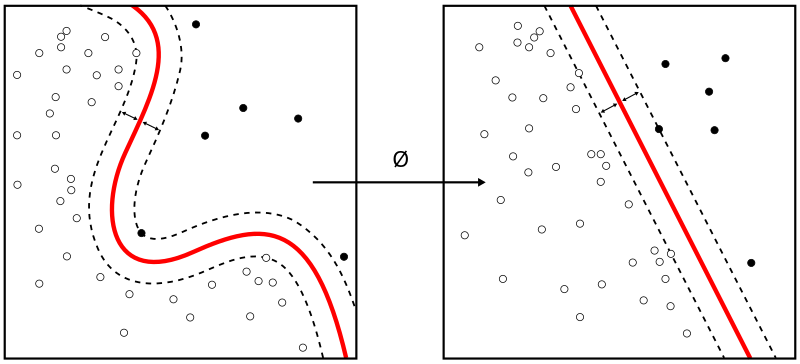

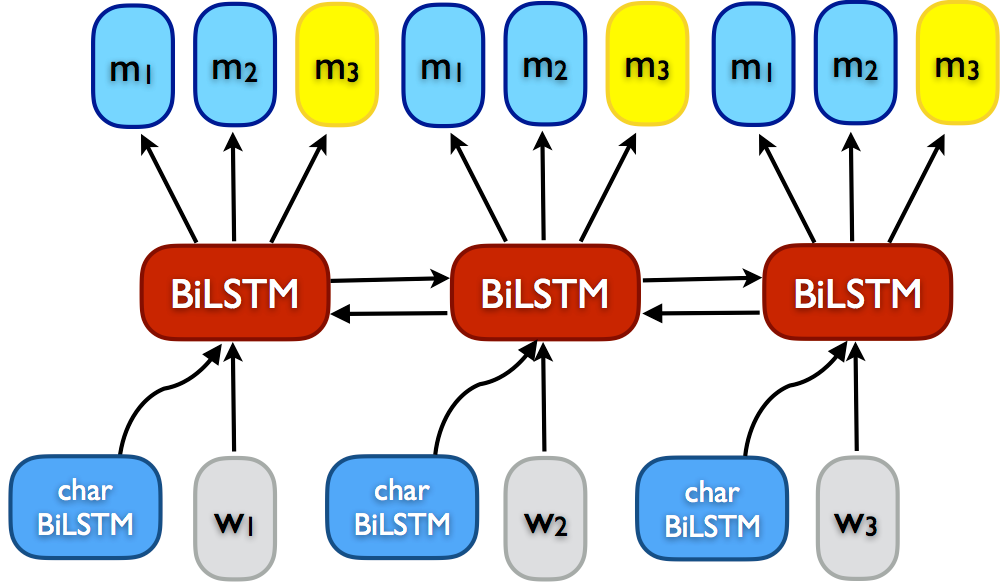
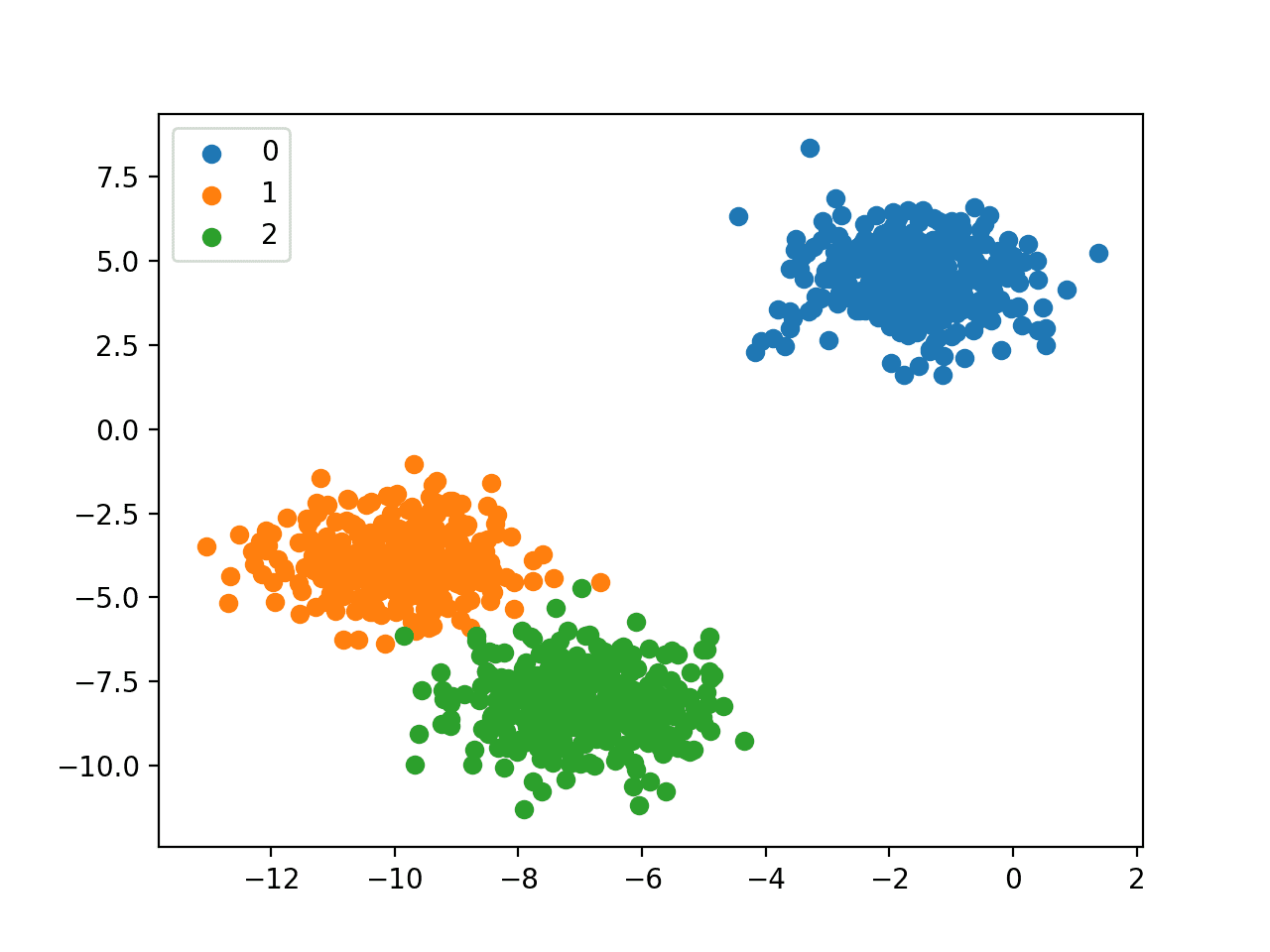



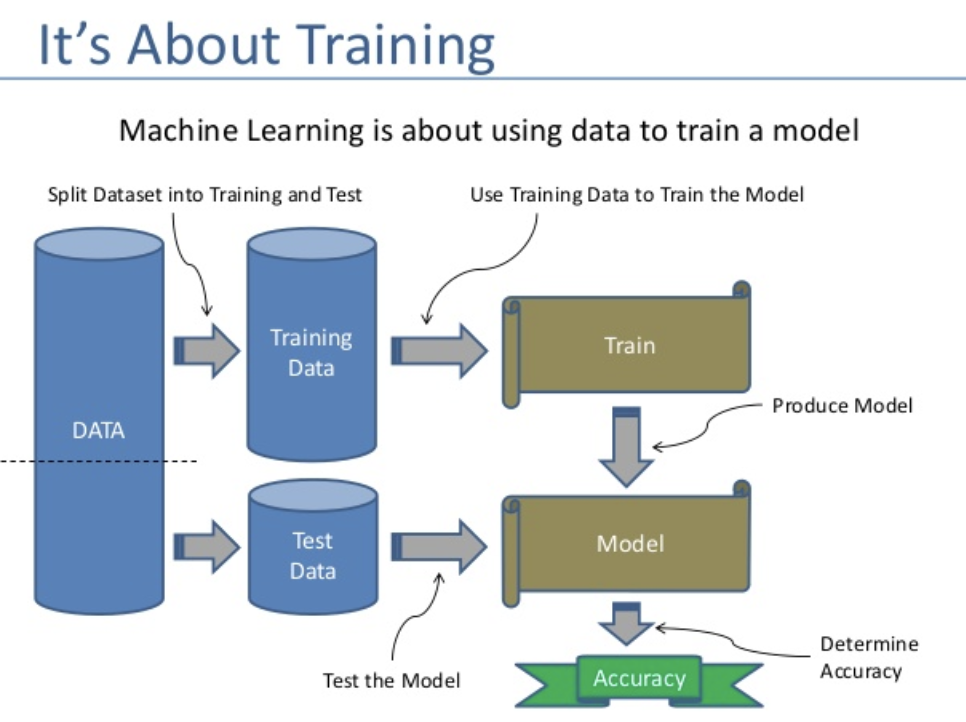
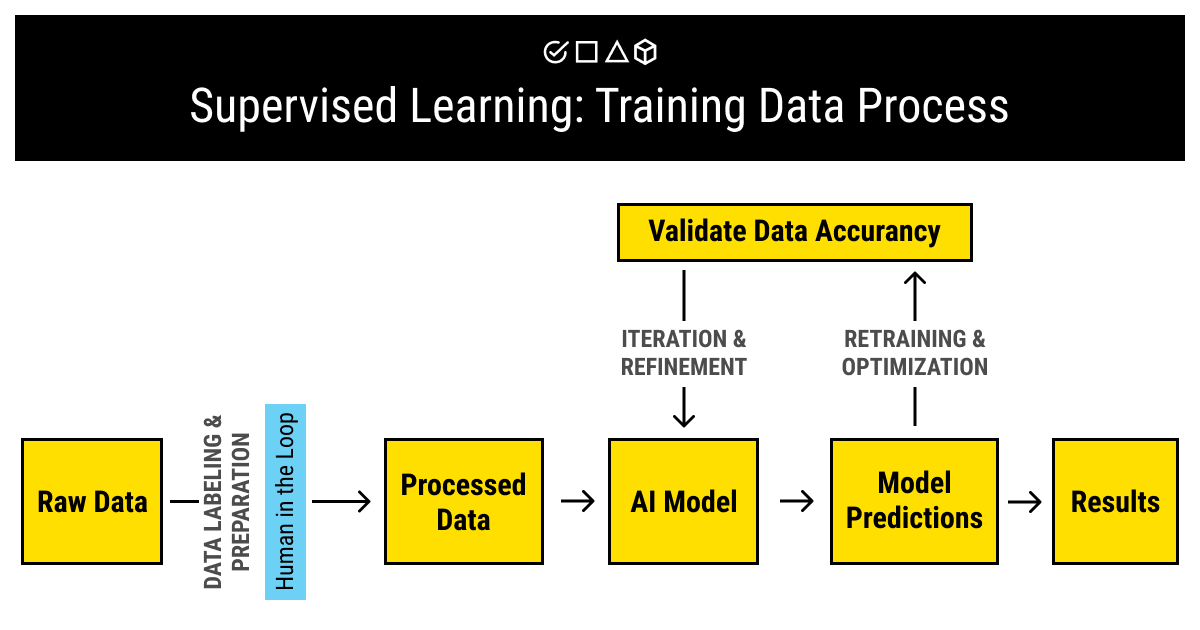

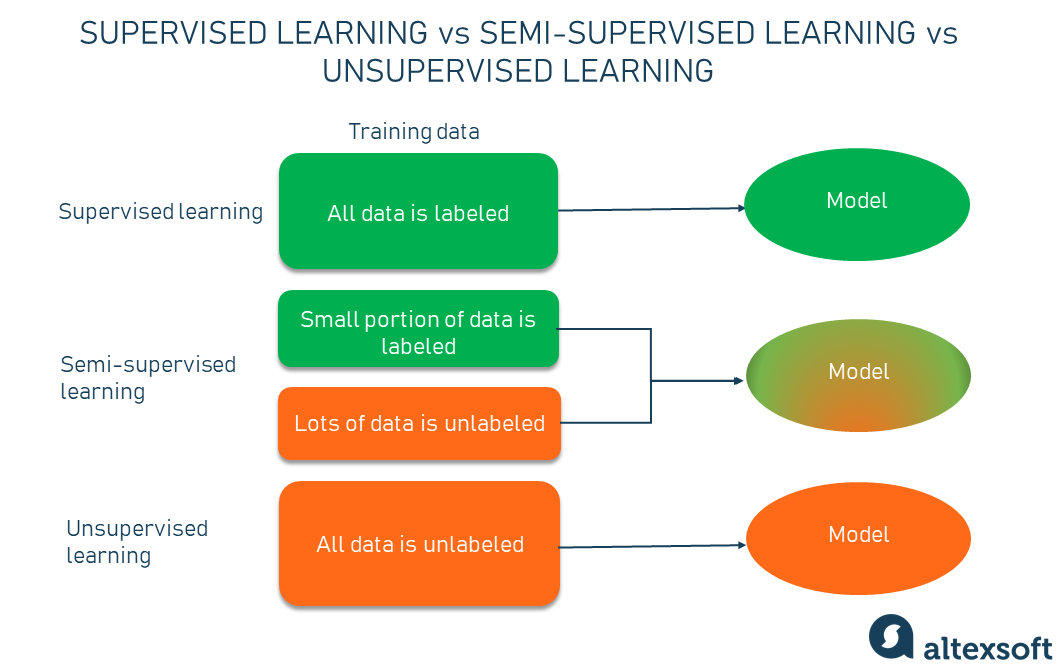


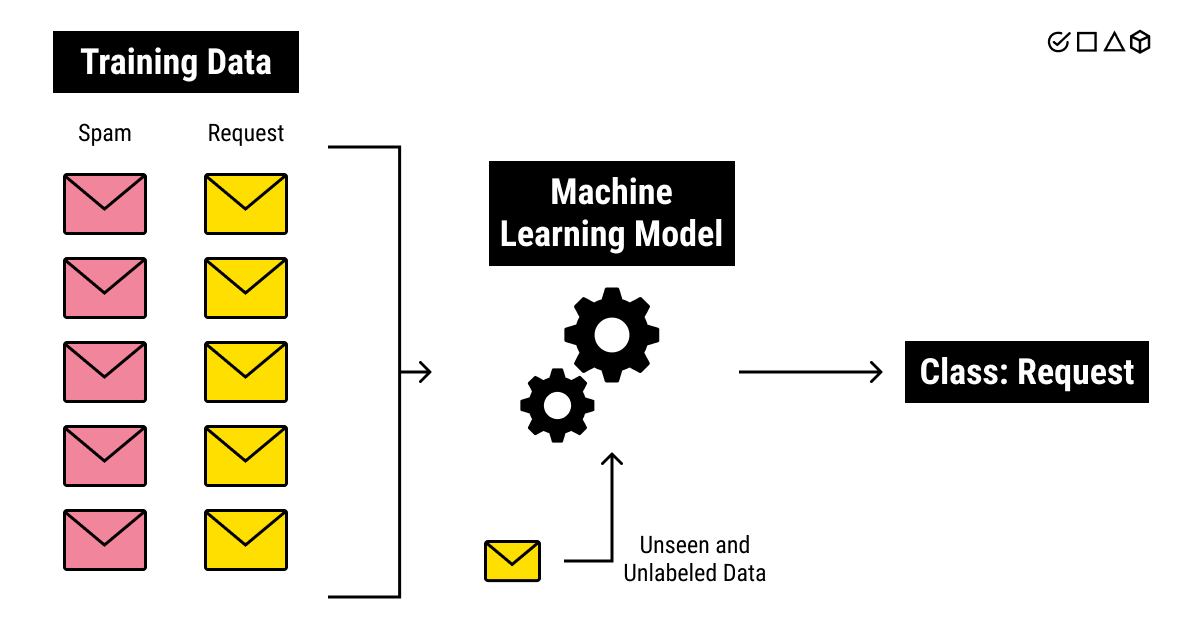
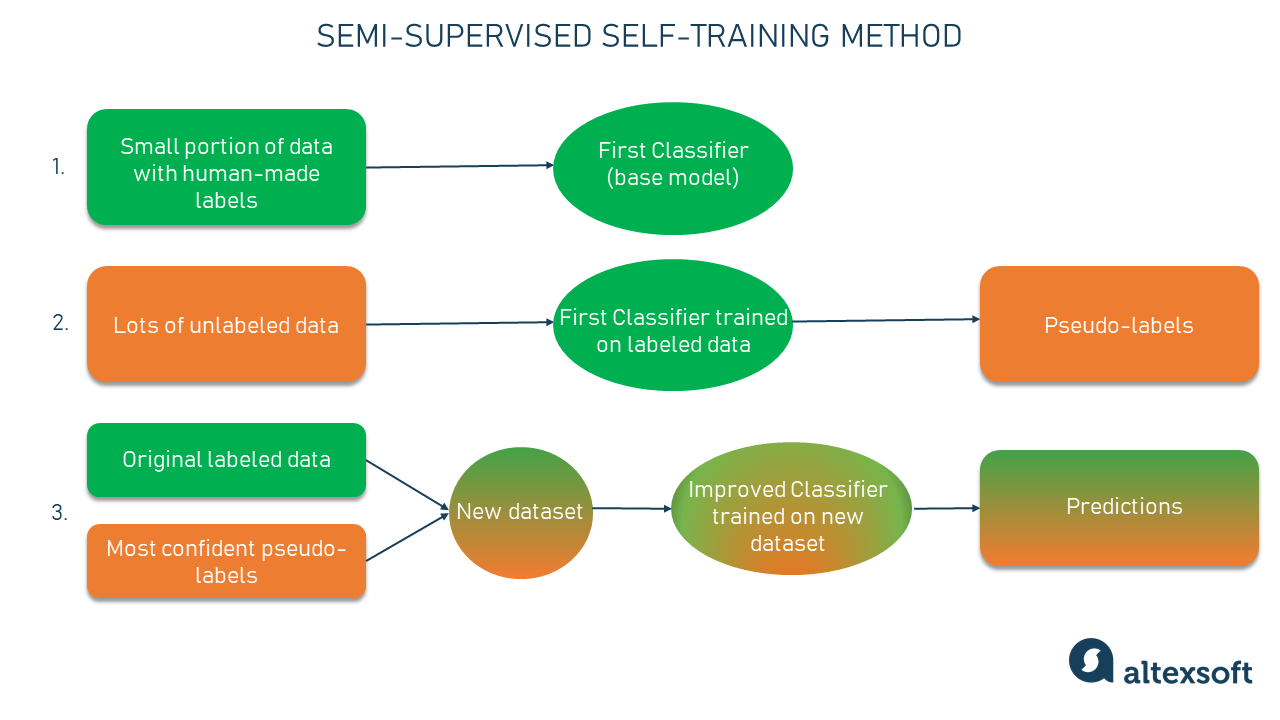








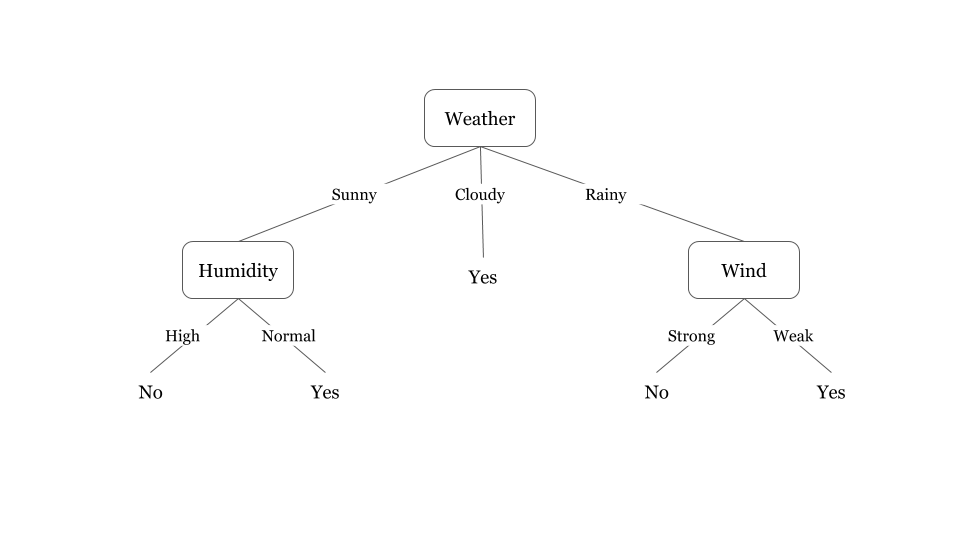
![Supervised vs. Unsupervised Learning [Differences & Examples]](https://assets-global.website-files.com/5d7b77b063a9066d83e1209c/6158dd5a9eb8a3708b09ee09_3H_KVVErj5hhg3x-6GhSIV7bGYANnhCRyu8LIMmc1179ccxk0B2ZTohkg5o9F8sLioBfeAdVzIJ_H-gsy9jJd5kkLecm6kR6abq5PVA363yILJaF5C7ugbxH0Qye1wYm4aYK0NOR%3Ds0.png)
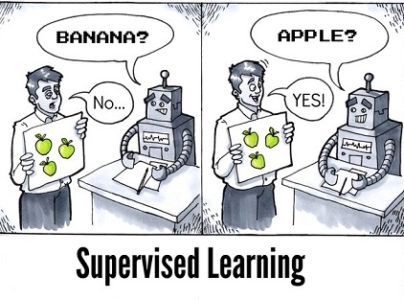

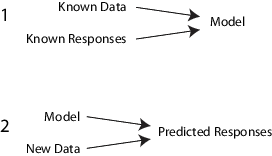


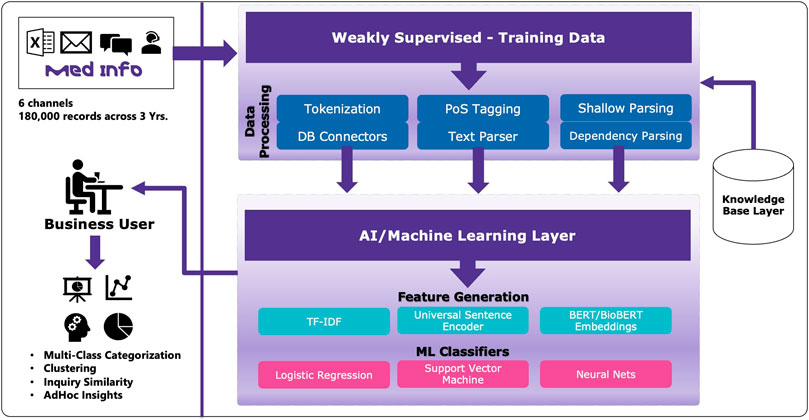


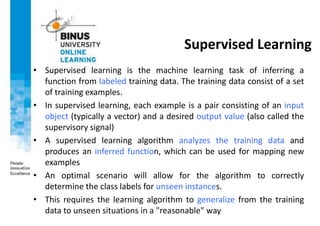



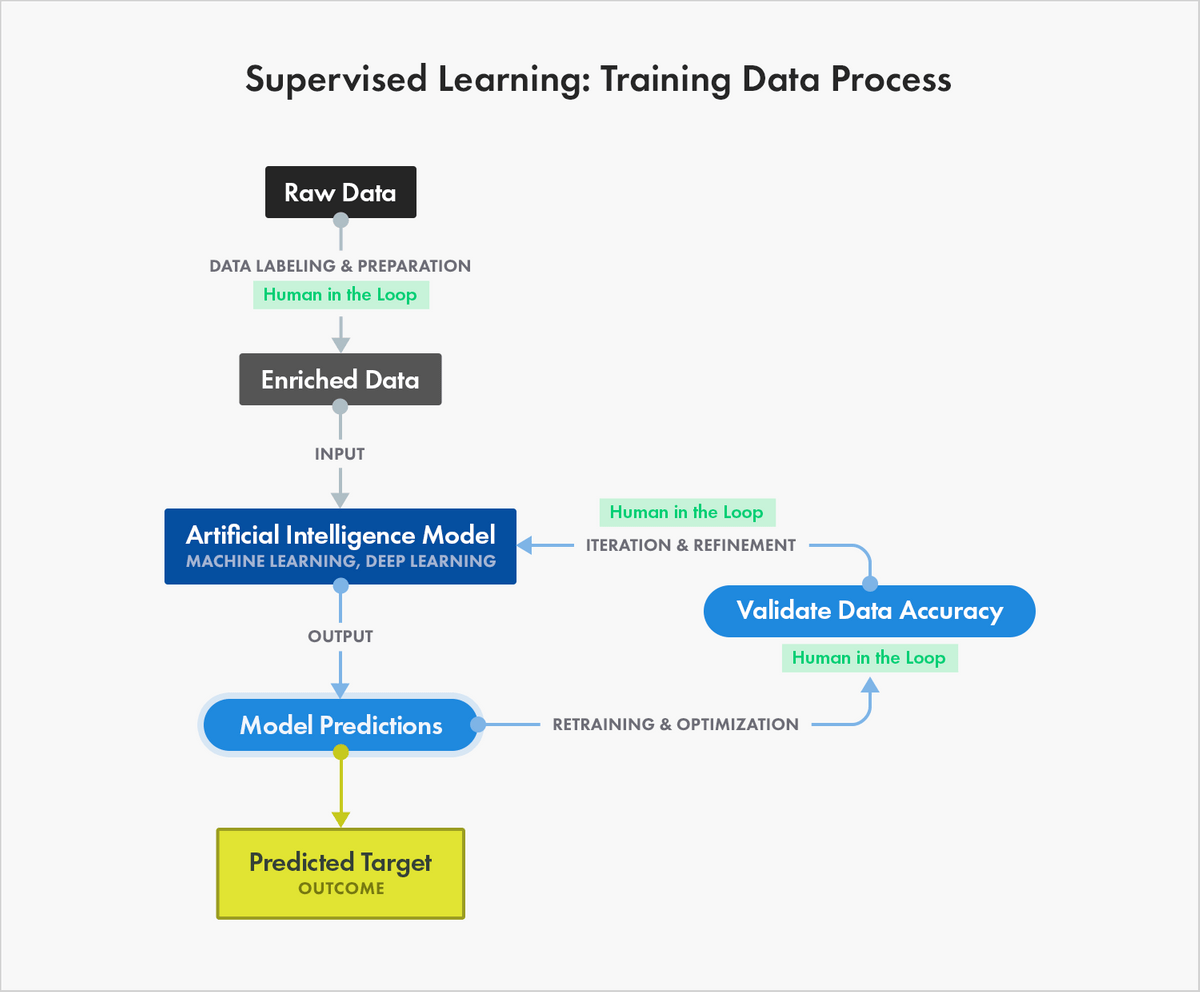
![Supervised vs. Unsupervised Learning [Differences & Examples]](https://assets-global.website-files.com/5d7b77b063a9066d83e1209c/6158dd5a5c04109f63363e0a_67KbBrP_mJMkcaOsEOlrk5eedzXJolEg5wkJX8nQLiarNAClBP0q5XncPyQM7jyoGKUGsc_onAJnBkVDfEkKVWIFNuZYZmaWq1hkP1fIQwX4nQMoDulaNYCkJvVgHr6IZOYdc5rv%3Ds0.png)

Post a Comment for "45 in supervised learning class labels of the training samples are known"